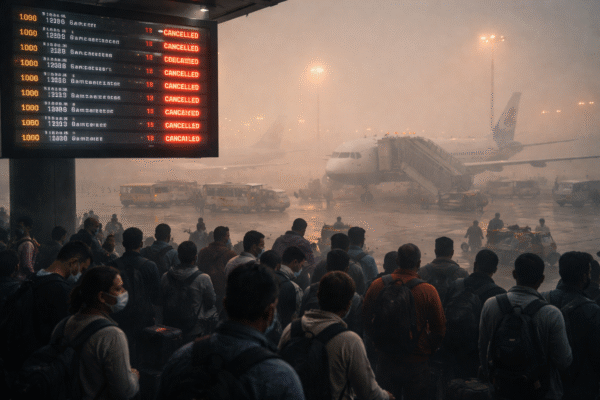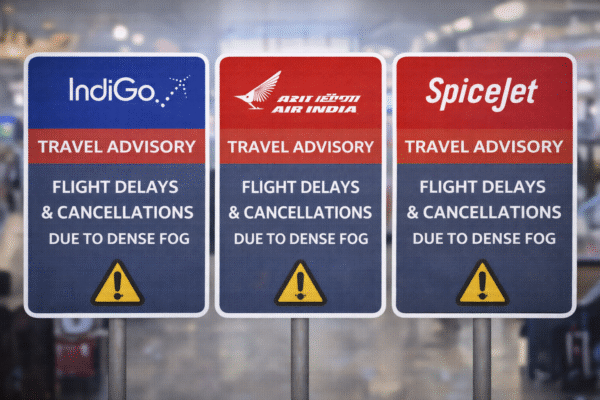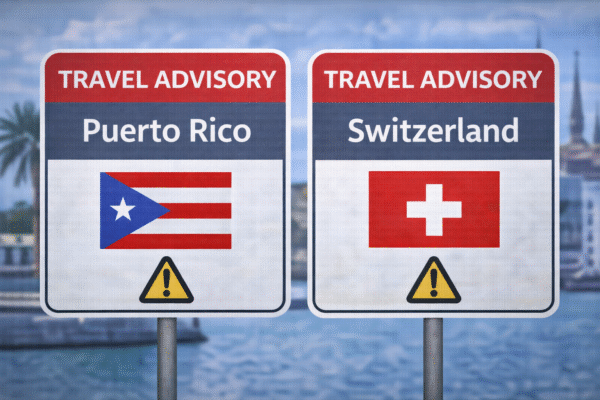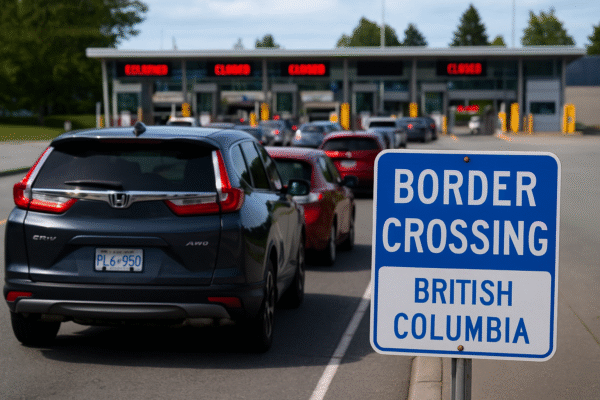British Columbians are increasingly opting out of travel to the United States, according to recent border traffic and airline data. For the sixth consecutive month, the number of cross-border trips from British Columbia to the U.S. has declined year-over-year, signaling a potentially long-term shift in Canadian tourism behavior.
Consistent Decline in U.S. Border Crossings
Data compiled by the Cascade Gateway Border Data Warehouse, a joint initiative between U.S. and Canadian transportation agencies, highlights a 28% drop in southbound vehicle crossings at B.C.–U.S. land borders in July 2025, compared to July 2024. Only 135,620 vehicles with British Columbia license plates crossed into the United States last month, down from 187,661 the year prior. The most significant declines were recorded earlier in the year, with crossings in March and April down by 43% and 51% respectively.
This ongoing pattern reflects broader shifts in post-pandemic travel preferences, economic pressures, and possibly changes in cross-border policies and traveler sentiment.
Air Travel to the U.S. Also Drops
The downturn isn’t limited to road travel. Vancouver International Airport (YVR), one of Canada’s busiest international hubs, experienced a slight 1.1% decline in U.S.-bound flights during the same period, even as total passenger volume at the airport increased by 4.6% year-over-year.
Air Canada, the country’s flagship airline, has responded by modifying its U.S. offerings. Notably, it discontinued the direct flight from Vancouver to Washington, D.C., rerouting it through Toronto instead. Meanwhile, the airline is ramping up flights to international destinations in Asia and Europe, such as Manila and London, aligning with growing demand for overseas travel.
eSIM Data Supports Downtrend
Digital travel behavior is also reflecting this shift. According to Airalo, a leading eSIM provider, Canadian demand for U.S.-based eSIMs fell by 28% between November 2024 and July 2025. This figure includes a steep 26.1% decline in just the first quarter of 2025 alone. eSIM usage often mirrors actual travel patterns, reinforcing that fewer Canadians are choosing to visit the U.S.
Airlines Recalibrate for New Demand
Flair Airlines, a low-cost carrier headquartered in Edmonton, has reduced its U.S. routes and invested more in domestic travel offerings. Flights between Vancouver and Calgary have increased to five daily departures, up from three last year, reflecting a growing interest in regional travel.
In contrast, seasonal routes to traditional U.S. vacation spots like Palm Springs and Phoenix have been suspended, indicating waning demand from Canadian snowbirds and leisure travelers.
Still, U.S. tourism hasn’t been entirely abandoned. Air Canada and other carriers continue to operate flights to high-demand cities like Los Angeles, Orlando, and Fort Lauderdale, though with reduced frequency.
Why Are British Columbians Traveling Less to the U.S.?
Multiple factors contribute to this travel downtrend. Analysts point to increased airfare prices, unfavorable exchange rates, and rising concerns about safety, immigration policies, and healthcare access in the U.S.
In an interview with Global Affairs Canada, travel analysts emphasized that many Canadians, particularly those from B.C., are now more inclined to explore local or overseas destinations that offer better value, fewer travel complications, or perceived higher safety standards.
Tourism operators also cite new visa policies and longer airport security lines in U.S. cities as deterrents. There’s also an emotional aspect—according to a recent Angus Reid survey, a growing portion of Canadians feel less comfortable visiting the U.S. due to political and social tensions.
The Rise of Domestic and International Alternatives
With fewer trips heading south, more British Columbians are exploring domestic gems and global adventures. Destinations within British Columbia—such as Tofino, Kelowna, and Victoria—are seeing increased interest, while global destinations like Japan, Portugal, and the Philippines are climbing the popularity ranks.
Canada’s federal tourism strategy, Canada 365: Welcoming the World, aligns with this trend. The policy emphasizes diversification of Canadian travel destinations and enhancing domestic tourism, with B.C. positioned as a key focus area.
According to Destination Canada, domestic travel spending is expected to rise by 9% in 2025, further compensating for reduced outbound U.S. travel.
Economic and Industry Implications
For the U.S., fewer Canadian tourists—who historically account for a significant portion of visitors to states like Washington, California, and Florida—could result in revenue shortfalls for local tourism economies. Retail, hospitality, and entertainment sectors in border towns like Bellingham and Seattle may feel the pinch.
Meanwhile, Canadian tourism stakeholders view this as an opportunity to reinvest in local tourism infrastructure, boost national airline profitability through long-haul routes, and cultivate sustainable tourism strategies.
What’s Next for Cross-Border Travel?
While travel experts agree the current trend may continue into 2026, it remains to be seen whether this shift is permanent or temporary. With geopolitical shifts, currency fluctuations, and evolving airline strategies all playing a role, the tourism landscape could pivot again rapidly.
Angela Mah, spokesperson for Air Canada, notes that “international markets are showing tremendous resilience and opportunity. We’re aligning our growth strategy with where Canadians want to go.”
Conclusion: A Changing Travel Landscape for British Columbians
As the data clearly shows, British Columbians are rethinking their travel preferences. The U.S., once a default vacation spot for many, is slowly being replaced by domestic getaways and international escapes. Whether driven by economics, personal safety, or shifting values, this trend is reshaping North American tourism in real time.
The next few years will be crucial for both Canadian and U.S. tourism boards to adapt to these changing dynamics and meet travelers where their interests now lie.
For more travel news like this, keep reading Global Travel Wire
















